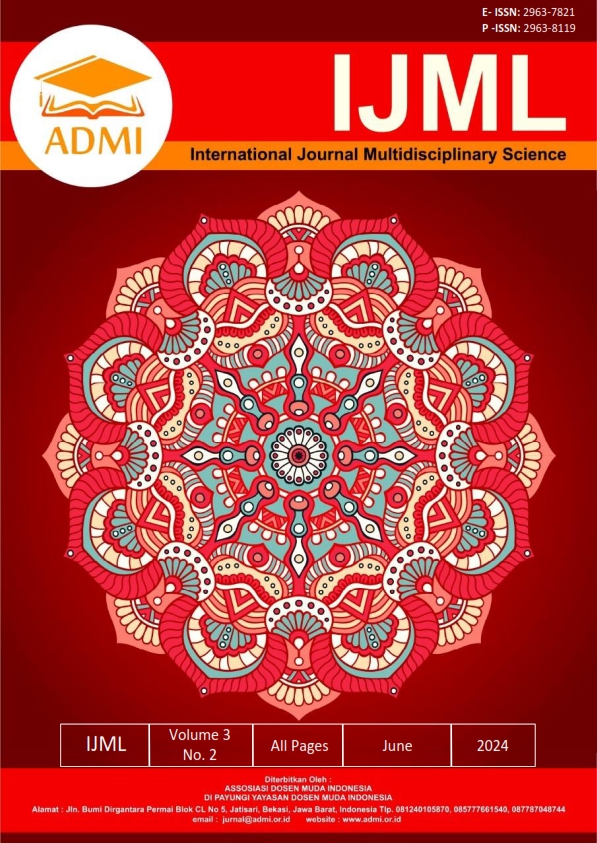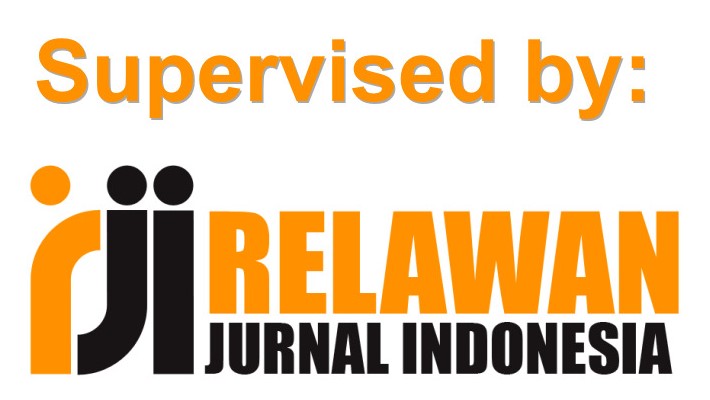LOCALIZED INTELLIGENCE WITH BUILT IN CONFIDENTIALITY: A POLICY ALIGNED FRAMEWORK FOR PRIVACY AWARE TINYML SYSTEMS
DOI:
https://doi.org/10.56127/ijml.v3i1.2075Keywords:
TinyML, Edge AI, Privacy-Preserving Machine Learning, Federated Learning, Regulatory Compliance, Embedded Systems, Consent Management, Confidential Computing, Internet of Things (IoT), Decentralized IntelligenceAbstract
The proliferation of intelligent applications on microcontrollers and low power devices has underscored the urgency for privacy preserving machine learning paradigms. Following this cloud-based infrastructure paradigm, where latency, privacy, and compliance concerns arise, TinyML Machine Learning on ultra-resource constrained devices has come forth as a key solution towards decentralized intelligence. However, introducing smart computation at the edge level raises very serious privacy and regulatory concerns in sensitive fields, e.g., in healthcare, smart homes, and industrial IoT. We present here a policy aligned architectural framework for privacy-aware TinyML systems. With our approach, mechanisms ensuring policy compliance and confidentiality are imposed directly into the training and inference workflows of TinyML devices, such as through programmable consent layers, adaptive anonymization modules, and real-time compliance engines mandated by regulation. The framework is assessed across indicative scenarios, thereby showing that strong privacy guarantees can be attained without any tradeoff in computation efficiency and learning mesh. This work merges embedded intelligence with contemporary privacy governance and supplies a scalable, lawful, and ethically aligned model for TinyML system deployments within real-world settings.
References
Shabir, M. Y., Torta, G., Basso, A., & Damiani, F. (2023). Toward Secure TinyML on a Standardized AI Architecture. In Device-Edge-Cloud Continuum: Paradigms, Architectures and Applications (pp. 121-139). Cham: Springer Nature Switzerland.
Villegas-Ch, W., Gutierrez, R., Navarro, A. M., & Mera-Navarrete, A. (2024). Optimizing Federated Learning on TinyML Devices for Privacy Protection and Energy Efficiency in IoT Networks. IEEE Access.
Pakina, Anil Kumar & Pujari, Mangesh. (2024). Differential Privacy at the Edge: A Federated Learning Framework for GDPR- Compliant TinyML Deployments. IOSR Journal of Computer Engineering. 26. 52-64. 10.9790/0661-2602045264.
Saeed, M. M., Saeed, R. A., & Ahmed, Z. E. (2024). TinyML for 5G networks. In TinyML for Edge Intelligence in IoT and LPWAN Networks (pp. 167-229). Academic Press.
Hasan, H. (2024). Federated Machine Learning and TinyML Inference for Crop Disease and Pest Classification on Smartphones (Doctoral dissertation).
Chougule, S., Chaudhari, B. S., Ghorpade, S. N., & Zennaro, M. (2024). Cloud and edge intelligence. In TinyML for Edge Intelligence in IoT and LPWAN Networks (pp. 27-63). Academic Press.
Zhang, H. (2024). Advancing Edge Intelligence: Federated and Reinforcement Learning for Smarter Embedded Systems. PQDT-Global.
Chelliah, P. R., Rahmani, A. M., Colby, R., Nagasubramanian, G., & Ranganath, S. (Eds.). (2024). Model Optimization Methods for Efficient and Edge AI: Federated Learning Architectures, Frameworks and Applications. John Wiley & Sons.
Guo, S., & Zhou, Q. (2022). Machine Learning on Commodity Tiny Devices: Theory and Practice. CRC Press.
Williamson, S. M., & Prybutok, V. (2024). Balancing privacy and progress: a review of privacy challenges, systemic oversight, and patient perceptions in AI-driven healthcare. Applied Sciences, 14(2), 675.
Marengo, A. (2024). Navigating the nexus of AI and IoT: A comprehensive review of data analytics and privacy paradigms. Internet of Things, 101318.
Boumpa, E., Tsoukas, V., Gkogkidis, A., Spathoulas, G., & Kakarountas, A. (2021, November). Security and privacy concerns for healthcare wearable devices and emerging alternative approaches. In International Conference on Wireless Mobile Communication and Healthcare (pp. 19-38). Cham: Springer International Publishing.
Ghorpade, S. N., Chougule, S., Chaudhari, B. S., & Zennaro, M. (2024). TinyML: principles and algorithms. In TinyML for Edge Intelligence in IoT and LPWAN Networks (pp. 65-86). Academic Press.
Zheng, T., Qiu, Y., Zheng, Y., Wang, Q., & Chen, X. (2024). Enhancing TinyML-Based Container Escape Detectors With Systemcall Semantic Association in UAVs Networks. IEEE Internet of Things Journal.
Mustafa, R., Sarkar, N. I., Mohaghegh, M., & Pervez, S. (2024). A Cross-Layer Secure and Energy-Efficient Framework for the Internet of Things: A Comprehensive Survey. Sensors (Basel, Switzerland), 24(22), 7209.
Pradhan, N., Chaudhari, B. S., & Zennaro, M. (2024). 6TiSCH adaptive scheduling for Industrial Internet of Things. In TinyML for Edge Intelligence in IoT and LPWAN Networks (pp. 283-309). Academic Press.
Letaief, K. B., Shi, Y., Lu, J., & Lu, J. (2021). Edge artificial intelligence for 6G: Vision, enabling technologies, and applications. IEEE journal on selected areas in communications, 40(1), 5-36.
Khan, S., Jiangbin, Z., Ullah, F., Akhter, M. P., Khan, S., Awwad, F. A., & Ismail, E. A. (2024). Hybrid computing framework security in dynamic offloading for IoT-enabled smart home system. PeerJ Computer Science, 10, e2211.
Dini, P., Diana, L., Elhanashi, A., & Saponara, S. (2024). Overview of AI-models and tools in embedded IIoT applications. Electronics, 13(12), 2322.
Santoso, A., & Surya, Y. (2024). Maximizing Decision Efficiency with Edge-Based AI Systems: Advanced Strategies for Real-Time Processing, Scalability, and Autonomous Intelligence in Distributed Environments. Quarterly Journal of Emerging Technologies and Innovations, 9(2), 104-132.
Awad, A. I., Babu, A., Barka, E., & Shuaib, K. (2024). AI-powered biometrics for Internet of Things security: A review and future vision. Journal of Information Security and Applications, 82, 103748.
Banbury, C., Njor, E., Garavagno, A. M., Stewart, M., Warden, P., Kudlur, M., ... & Reddi, V. J. (2024). Wake Vision: A Tailored Dataset and Benchmark Suite for TinyML Computer Vision Applications. arXiv preprint arXiv:2405.00892.
Giannaros, A., Karras, A., Theodorakopoulos, L., Karras, C., Kranias, P., Schizas, N., ... & Tsolis, D. (2023). Autonomous vehicles: Sophisticated attacks, safety issues, challenges, open topics, blockchain, and future directions. Journal of Cybersecurity and Privacy, 3(3), 493-543.
Bahar, E., & Pınarer, O. (2024). Federated Learning and Resource-Constrained Embedded Systems: A Comprehensive Survey. Transactions on Computer Science and Applications, 1(2), 40-55.
Rocha, A., Monteiro, M., Mattos, C., Dias, M., Soares, J., Magalhães, R., & Macedo, J. (2024). Edge AI for Internet of Medical Things: A literature review. Computers and Electrical Engineering, 116, 109202.
Boiko, O., Komin, A., Malekian, R., & Davidsson, P. (2024). Edge-cloud architectures for hybrid energy management systems: a comprehensive review. IEEE sensors journal.
Liu, Y., Fan, R., Guo, J., Ni, H., & Bhutta, M. U. M. (2023). In-sensor visual perception and inference. Intelligent Computing, 2, 0043.
Nambisan, S., & George, G. (2024). Digital approaches to societal grand challenges: Toward a broader research agenda on managing global-local design tensions. Information Systems Research, 35(4), 2059-2076.
Raj, P., Saini, K., & Surianarayanan, C. (2022). Edge/Fog Computing Paradigm: The Concept, Platforms and Applications (Vol. 127). Academic Press.
Kumar, A., Chakravarthy, S., & Nanthaamornphong, A. (2023). Energy-efficient deep neural networks for EEG signal noise reduction in next-generation green wireless networks and industrial IoT applications. Symmetry, 15(12), 2129.
Downloads
Published
Issue
Section
License
Copyright (c) 2024 Mukul Mangla, Vihaan Bhatia

This work is licensed under a Creative Commons Attribution-ShareAlike 4.0 International License.















